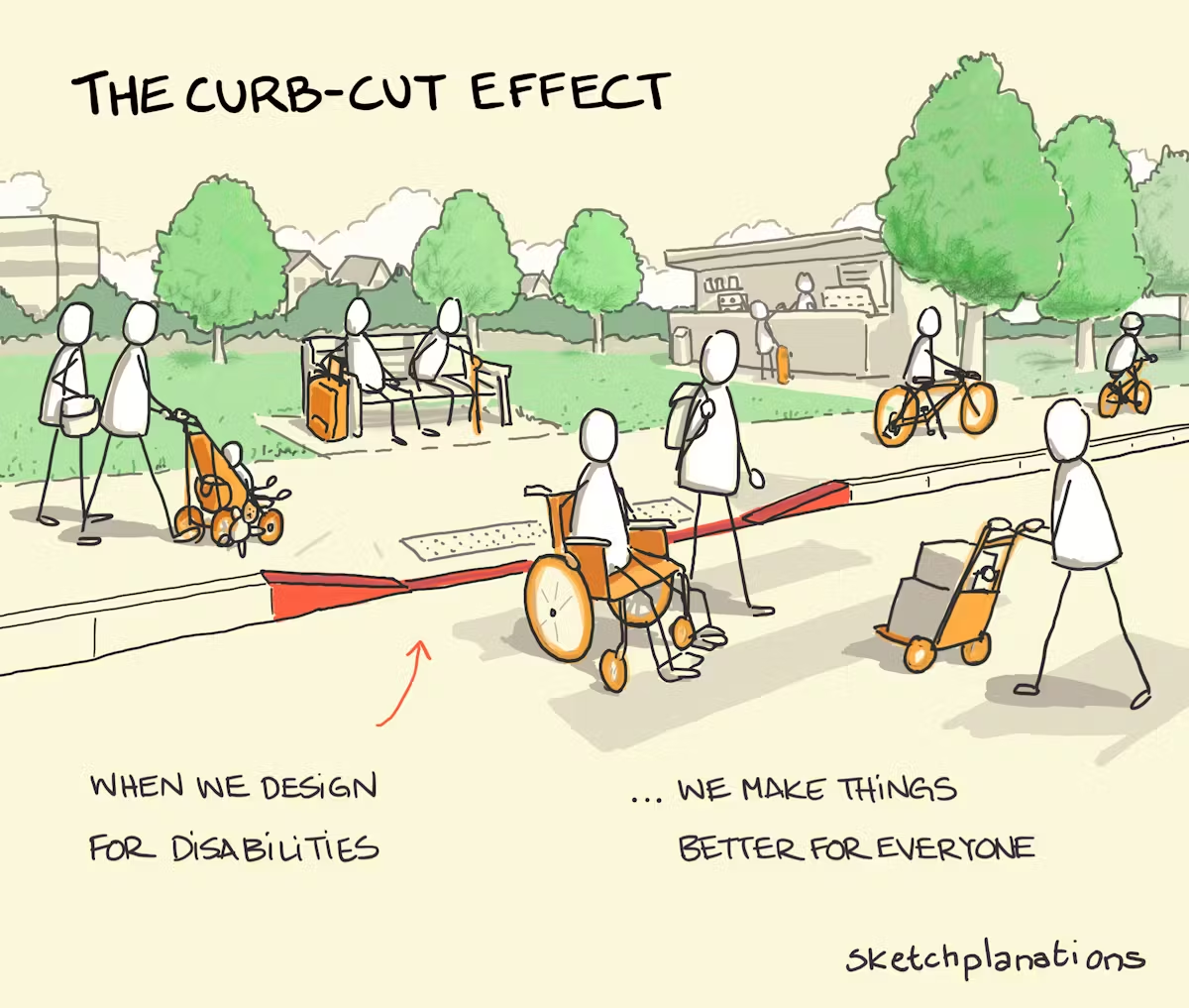See how our services
make an impact.
Part 1: What is Accessibility, Really?
If it feels like you’ve been hearing more about accessibility in business and tech over the past few years, it’s because, well, you have.
In 2024 alone, over 4,000 digital accessibility lawsuits were filed in U.S. state and federal courts, underscoring the ever-increasing legal scrutiny businesses face regarding digital inclusivity in their businesses and market-facing products.
But it’s not just the legal landscape that’s shifting – a study analyzing 847 domains found that 73.4% experienced an increase in organic traffic after implementing accessibility solutions, with 66.1% seeing up to a 50% growth in monthly traffic.
These trends highlight a growing recognition: accessibility is no longer viewed as a niche concern, but a central aspect of digital strategy – and it's one you shouldn't ignore.
So, let's get into why.
What Is Digital Accessibility?
At its core, accessibility is about creating experiences that everyone can engage with — regardless of ability. Digital accessibility refers to the design and development of digital products — like websites, mobile apps, documents, and software — that are usable by people with a wide range of physical, cognitive, and sensory differences. This includes ensuring content is perceivable, operable, understandable, and robust, a framework outlined by the Web Content Accessibility Guidelines (WCAG). (We'll get into this more in part 2 of this blog series!)
For example:
- A user who is blind may rely on a screen reader to navigate a website.
- A person with low vision may need high contrast or larger text.
- A user with limited motor skills might navigate by keyboard instead of a mouse.
- A person with ADHD or dyslexia may benefit from clean layouts and clear instructions.
When design doesn’t take these needs into account, we’re essentially putting up barriers that prevent people from accessing the information, services, or tools they need — whether that’s applying for a job, scheduling a doctor’s appointment, or simply reading an article.
And yet, accessibility is still too often treated as an afterthought or a compliance checkbox. But accessibility isn’t just about regulations; it’s about respect, inclusion, and impact. And if we, as designers and technologists, are serious about creating a better world every day, it absolutely must be part of everything we do.
Understanding the Spectrum of Disability
Let's get one fact straight: disability is not a binary concept; it exists on a spectrum and can affect people in permanent, temporary, or situational ways. There are also visible and invisible types of disabilities. Here’s a breakdown and some examples of each:
- Permanent disabilities: Vision loss, hearing impairment, limb differences, cognitive or learning disabilities.
- Temporary disabilities: A broken arm, recovering from surgery, temporary memory loss.
- Situational limitations: Trying to read a phone screen in the sun, being in a loud environment, holding a baby while using one hand.
Microsoft’s Inclusive Design Toolkit popularized this broader lens of disability, reminding us that accessible design doesn’t just benefit people with permanent disabilities — accessibility improves usability for everyone.
 Source: Sketchplanations
Source: Sketchplanations
Accessibility Is a Human Right
According to the World Health Organization, over 1.3 billion people — or 16% of the global population — live with some form of disability. That’s one in every six people.
When we fail to design for accessibility, we’re not just creating minor inconveniences — we’re creating real exclusion. We are blocking people from participating fully in work, education, healthcare, shopping, entertainment, and civic life. Thus, accessibility should not be considered a "feature" or a "nice to have" – it’s a human right.
As experience designers, developers, and builders of digital products, I believe we carry an extraordinary responsibility. The products we create don’t just live on screens, they live in people’s lives. Our work therefore either opens doors or quietly closes them.
Choosing to prioritize accessibility is a direct act of empathy. It means imagining a world beyond our own lived experiences. It means recognizing that every person deserves the dignity of access. And it means building experiences that invite everyone to participate fully — not just the majority, not just those without barriers, but everyone.
Accessibility is how we live out the values we often put on mission statements and websites: inclusion, equality, opportunity. If we’re serious about creating a better world every day, it starts with designing a world where no one is left out.
What’s Coming in This Series
If you're into this topic, good news! This is just the beginning.
In the next few posts, we’ll explore:
- Who defines accessibility and what the major guidelines and laws are
- Why accessibility is not only ethical but good for business
- Practical steps your team can take to start designing more inclusively
Final Thought
Accessibility isn’t something you “finish.” It’s something you commit to — it's a mindset, a responsibility, and a practice that evolves with every project.
Let’s make that commitment together.

Get in Touch
We'd love to see how we can make an impact for you. Let us know what you're working on.


